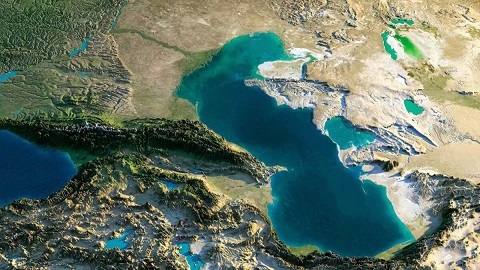The Kármán Line, located 100 kilometers above sea level, serves as an imaginary boundary between the Earth’s atmosphere and outer space. Although scientists and astronauts disagree, most nations and space organizations recognize this limit as a viable limit.
The Fédération Aéronautique Internationale (FAI) established the Kármán Line in the 1960s, and anyone crossing it is classified as an astronaut. This barrier is important in regulating airspace because it limits the altitude.
Denotes beyond which normal aircraft may not operate. Beyond the Kármán line, the aircraft must have a propulsion system capable of overcoming the Earth’s gravitational pull. Furthermore, the line serves as a legal benchmark, establishing the airspace over which a country can claim sovereignty, similar to international waters regulations.
Article Powered by TOPICFLIX

About the Author
Ankita is a German scholar and loves to write. Users can follow Ankita on Instagram 
क्यों खतरें में है पैंगोलिन का अस्तित्व ? [ About pangolins ]
पैंगोलिन ( about pangolins) ऐसा जानवर है जिसकी दुनिया में सबसे अधिक तस्करी होती है।…
Chinese Scientists Develop New Polyethylene Recycling Method: Hydrogen Breathing
According to a report published by Xinhua on July 3, a team of Chinese researchers…
क्या है फास्ट रेडियो बर्स्ट सिग्नल [fast radio burst]?
रेडियोखगोलिकी में तीव्र रेडियो प्रस्फोट (fast radio burst) या ऍफ़॰आर॰बी॰ (FRB) अज्ञात कारणों से उत्पन्न एक बहुत अधिक ऊर्जावान खगोलभौतिक परिघटना होती…
भारत छोड़ो आंदोलन के कारण [Bharat Chodo Andolan]
क्रिप्स मिशन के वापस लौटने के उपरांत गांधीजी ने एक प्रस्ताव तैयार किया जिसमें अंग्रेजों…
कैस्पियन सागर समुद्र और झील दोनों क्यों है?
कैस्पियन सागर (Caspian Sea) पांच देशो के तटों को जोड़ता है या सीमाओं से लगता…
चेरनोबिल परमाणु दुर्घटना, 1986 (Chernobyl Nuclear Accident,1986)
26 अप्रैल, 1986 को, यूक्रेन के चेरनोबिल में परमाणु ऊर्जा संयंत्र में नंबर-4 रिएक्टर एक…





